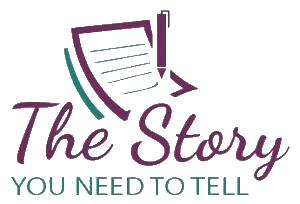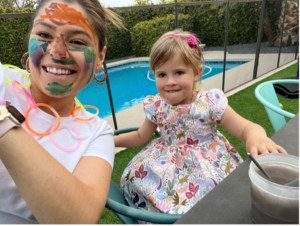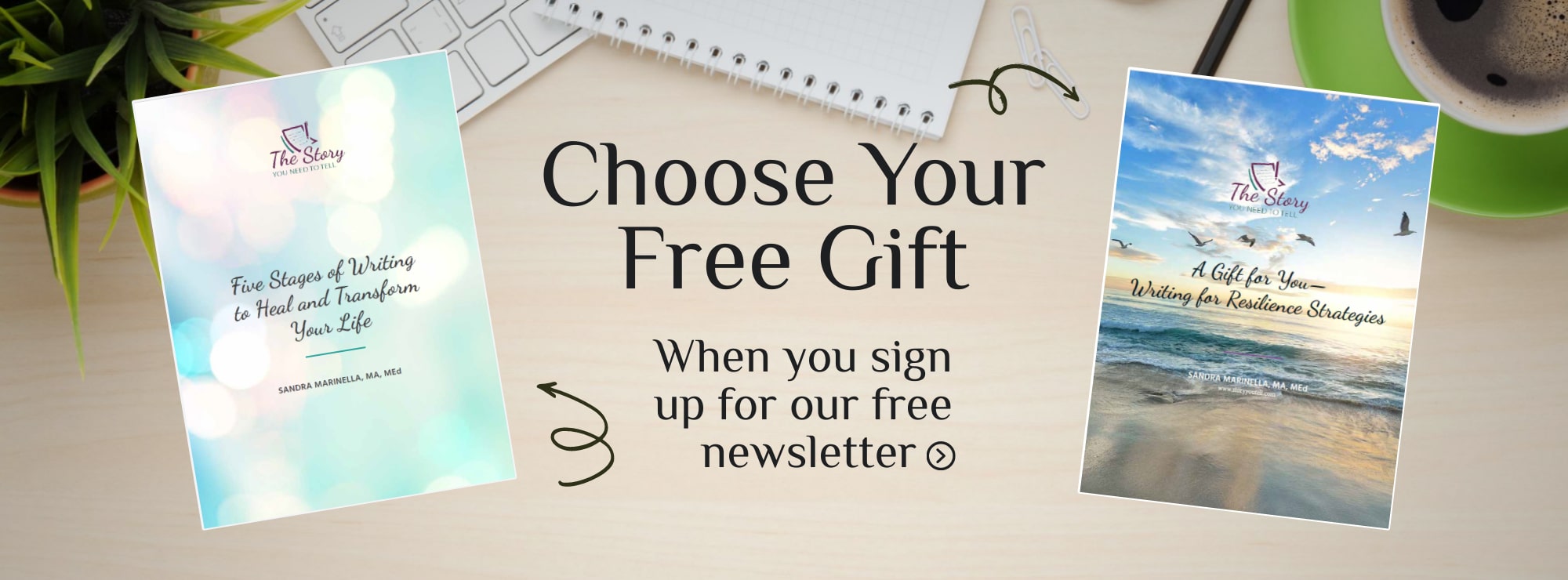Child’s Play
Laughter is echoing up the stairwells in my home. Four little cousins are banging around plastic pots and pans in the play kitchen that was a Christmas gift. Intermittently one child bounds up the stairs to ask me what I want to eat and when I try to order elaborate meals, perhaps eggplant parmesan or tiramisu, they bang their toys around until they create it with plastic food pieces or crayon drawings. One of them borrows my iPad to figure out what tiramisu looks like. Pretend food laced with laughter is often the best meal.
When these cousins, my grandchildren, are together they fill the air with their chatter and giggles. A decade ago, I heard a monk sing in a domed chapel in Pisa, Italy. As his notes filled the space, the dome captured and echoed them. It seemed like one voice had become many. The moment was powerful, but it was no more powerful than this moment. Now. As I hear these children’s voices, I tear up. One of my grandchildren rarely speaks.
 After months of the pandemic’s social isolation, Annie returned to school, and we were surprised to learn she suffers from selective mutism. This is a form of social anxiety that affects talking. Annie has lost her voice at school with her classmates and in public with strangers. It hurts to see her to see her struggle when a waitress tries to force her to answer, “What do you want to eat?” She looks down. Humiliated. I have learned she is not unique.
After months of the pandemic’s social isolation, Annie returned to school, and we were surprised to learn she suffers from selective mutism. This is a form of social anxiety that affects talking. Annie has lost her voice at school with her classmates and in public with strangers. It hurts to see her to see her struggle when a waitress tries to force her to answer, “What do you want to eat?” She looks down. Humiliated. I have learned she is not unique.
Since the start of COVID-19, the World Health Organization reports we have seen a dramatic 25% increase in the number of people, especially women and children, who are suffering from anxiety and depression. One in every 140 children now struggle with my granddaughter’s condition. One high school teacher told me three support groups have been created at her school to allow kids who are struggling with anxiety to regain social skills that were lost. In trying to save our children, we were blindsided by social isolation. The good news is that most of them will overcome it. Treatment and love make a huge difference. Annie has those, and she has the joy of younger cousins who idolize her and always seek her out to play.
Last week her cousin Hope had her birthday, and I asked her what she wanted. The answer was simple. “I want to go skating with my cousins!” That is how I ended up at a skating rink for the first time in decades. About a dozen friends and relatives came together to celebrate Hope. Once there the kids donned skates that flashed and glowed in neon oranges and purples. Some skated swiftly and others wobbled their way around the rink to the sounds of Taylor Swift and Kelly Clarkson. They laughed, fell, got up and tried again. In the end we sang Happy Birthday. Then we were anxious to get back to the house to celebrate with Annie.
Of course, the best part of the party was the cousins chasing each other around the yard.
As Hope opened her presents, the cousins agreed that face-painting would be great fun. It was. Little Lilly painted my face with a blue Dali-styled moustache and beard. But when Lilly turned her paint brush lose on Aunt Allie, she created a face mask of blues, oranges, and greens that could compete with any Picasso design.
But our real artist is Annie, and she was the star. She painted Hope as a leopard and her brother as a tiger. And the two paraded around the party like high-style celebrities.
In recent weeks I have heard many hard stories in my classes and felt the weight of them. Annie’s story is only one. As I watched her paint, and as I have observed her play with her cousins, I feel her goodness and her strength. I believe in her. And through the four cousins, I have learned to honor fun, laughter, and creativity. These are all part of a child’s play, and they have the power to lift us up and make this hard life a beautiful journey. So today I wish you the joy of child’s play.



